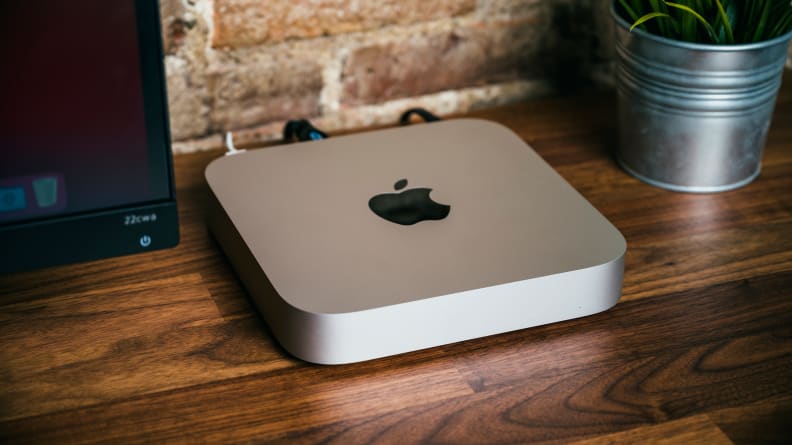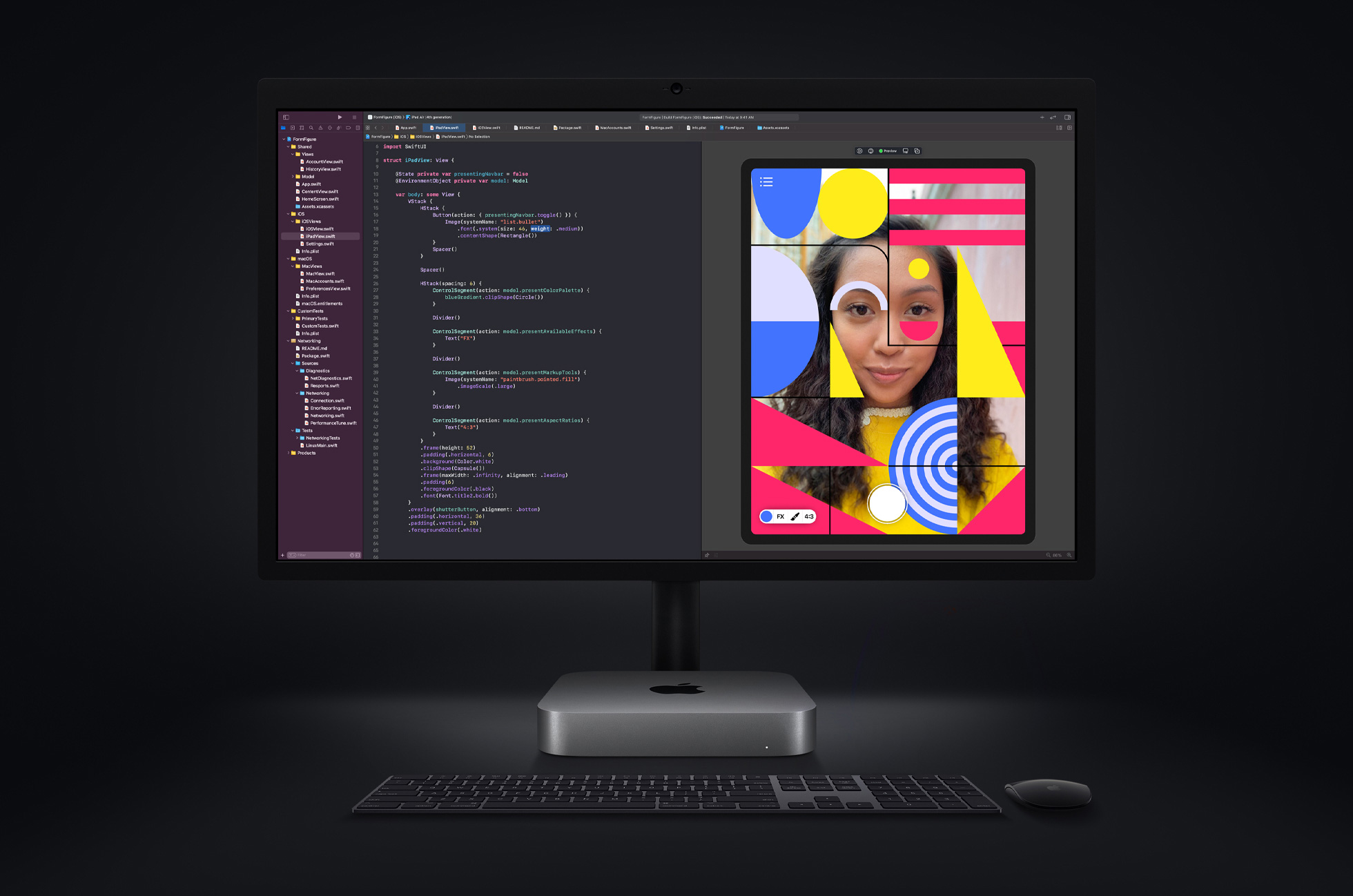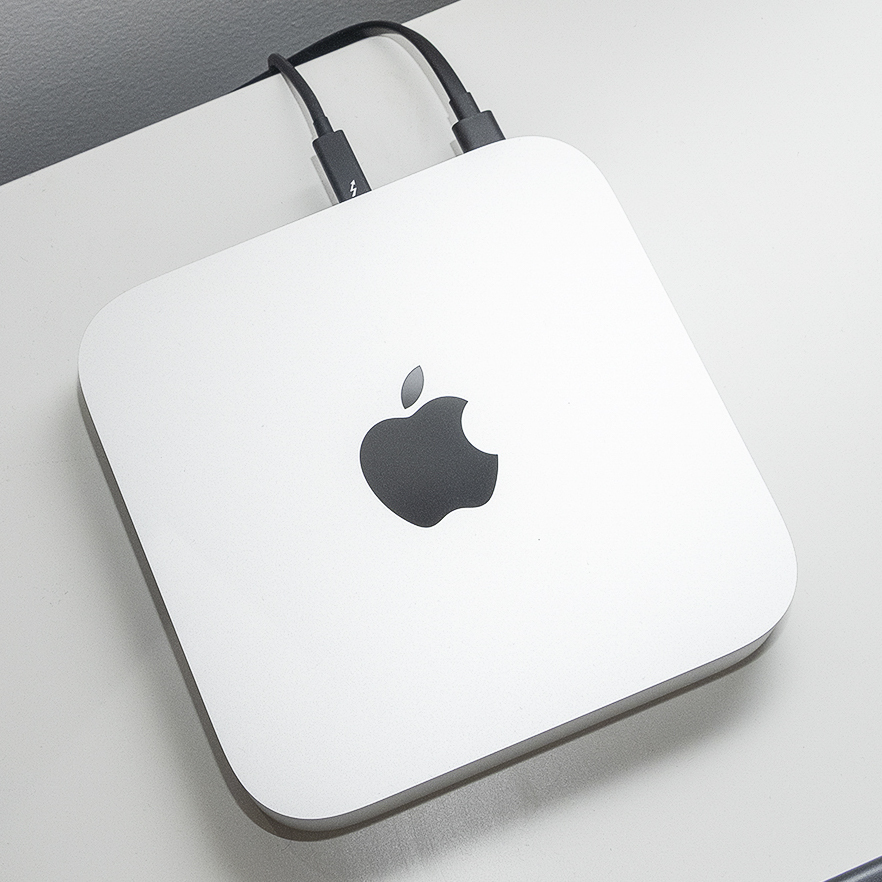

The new $599 Mac mini was 31 percent faster in our Speedmark 8 tests than its 2011 predecessor. Macworld Lab testing by James Galbraith, Albert Filice, Kean Bartelman, and William Wong. However, the previous high-end model with its AMD Radeon discrete graphics was 24 percent faster than the new high-end Mac mini with the integrated Intel HD 4000 graphics.īenchmarks: Speedmark 8 scores All results are scores. In our Portal 2 test, the new entry-level Mac mini was 27 percent faster than the previous low-end model.

The HD Graphics 4000 is much better at delivering high frame rates in games than the HD Graphics 3000 processor used previously, but it falls far short of the performance of the discrete AMD Radeon HD 6630M graphic processor.

MathematicaMark was 72 percent faster on the quad-core system, and Cinebench CPU tests took 51 percent less time to complete than the dual-core model. Using Turbo Boost, the 2.5GHz Core i5 can reach speeds up to 3.1GHz, and the 2.3GHz Core i7 can top out at 3.3GHz.Īs you’d expect, in processor-intensive tasks that use all of a system’s processing cores, the $799 2.3GHz quad-core Core i7 Mac mini was much faster than the $599 2.5GHz dual-core Core i5 Mac mini. Both processors also support Turbo Boost, which lets processors run faster than their rated speed when necessary. Both the Core i5 and i7 support Intel’s Hyper Threading technology, which allows applications to address four virtual processing cores on the Core i5, and eight virtual cores on the Core i7. The $799 Mac mini has a 2.3GHz quad-core Core i7 Ivy Bridge processor. The $599 Mac mini has a 2.5GHz dual-core Core i5 Ivy Bridge processor last year’s high-end model also had a 2.5GHz dual-core Core i5 processor, but it was from the Sandy Bridge family. Processor boost 2012 Mac mini, with the bottom removed I haven’t gotten my hands on a Fusion Drive yet, but I’m anxious to see how it differs from hybrid drives, such as the Seagate Momentus XT, which combines a fast but pricey solid-state memory with an affordable but slow rotational hard drive. For example, if you use Aperture all the time and infrequently use iPhoto, the Fusion Drive and OS X might move the iPhoto library and application to the slower portion of the hard drive, and move Aperture to the faster flash storage. Over time, the Fusion Drive is supposed to learn your work habits and move apps and data around between the hard drive and flash storage to provide the best performance. The operating system and applications are installed on the flash storage at the factory.
#Mac mini review 2.6 ghz upgrade#
And this high-end model has options: For an additional $300, you can upgrade to 256GB of flash storage, or for $250 you can opt for a new 1TB Fusion Drive.Ī Fusion Drive brings together a 1TB hard drive and 128GB of flash storage. The high-end $799 Mac mini also comes standard with a 5400 rpm drive, though at 1TB it has twice the capacity.

Aside from RAM, it has no optional upgrades available from the Apple Store. The entry-level $599 Mac mini comes with a relatively pokey 5400-rpm 500GB hard drive. Both the $599 and $799 standard Mac minis come with two 2GB 1600MHz DDR3 SDRAM modules (for a total of 4GB), but they can be upgraded to use up to 16GB of RAM. The Mac mini’s body sits on a round, quarter-inch high black plastic disc that, when rotated half an inch, can be removed to expose the two RAM slots.


 0 kommentar(er)
0 kommentar(er)
